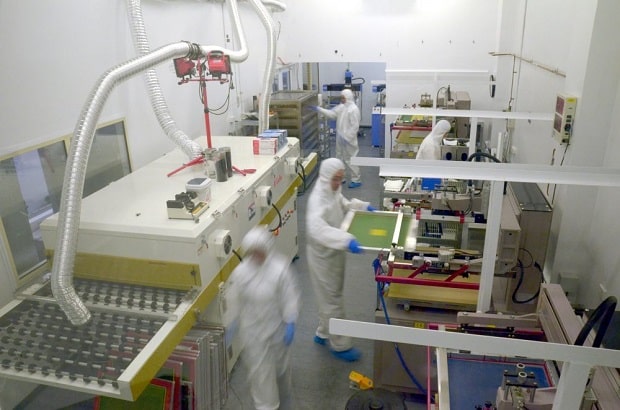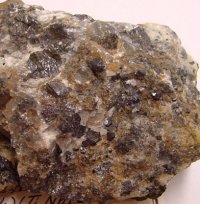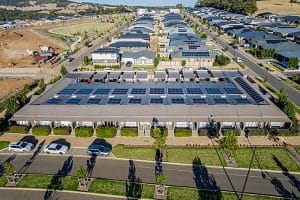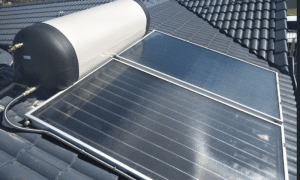Like (some) elite athletes, new research has revealed that solar cells also benefit from performance-enhancing chemicals. Swinburne University scientists have shown how sunlight heals defects and boosts efficiency in ‘doped’ perovskite solar cells. Doping, in this case, means introducing impurities into a material to change its characteristics.
Scientists believe their doping breakthrough could see perovskite-type materials edge out silicon in the great solar race.
The future of solar is in this material, according to the researchers. Perovskite crystals capture and convert sunlight at higher efficiencies than silicon wafers. However, they suffer from one major drawback. The crystals become unstable and break down after extended exposure to the sun!
‘Healing’ perovskites to boost and maintain efficiency
The Swinburne team decided to dope the cells to enhance their performance under solar exposure. It worked. But they didn’t know why.

The crystals that make up perovskite solar cells contain cracks and pockets. Known as traps, these defects lowers the efficiency of the cell and causes instability in sunlight.
The researchers solved these problems by doping the crystals with potassium, which improved the cells’ conversion of solar energy. They expected this outcome, but exactly how the process worked surprised them.
Their research revealed the potassium allowed sunlight to trigger a healing process, getting rid of the defects and also improving the stability of the cells.
Like a steroid, the sunlight boosted the self-healing properties within the cell structure, which in turn enhanced its solar power conversion efficiency.
“Sunlight becomes a trigger for the positive formation of potassium bromide-like compounds, eliminating the interface traps and stabilising the mobile ions [in the cell],” said researcher Dr Weijian Chen.
Doped perovskites take lead in race to market
The new research was led by Swinburne in collaboration with Wuhan University of Technology in China, the University of Melbourne and the University of Adelaide.
It’s the latest, and arguably the most promising, breakthrough in getting perovskite solar cells to market.
The challenge is to create a perovskite solar cell (PSC) panel enough to compete with conventional polysilicon solar panels. To be competitive, they must demonstrate a life-span of at least 25 years.
The Swinburne team say their work is at the forefront of perovskite research and will create a new protocol for commercial perovskite solar cells. They plan to join with industry partners to roll-out a new generation of ‘doped’ high-performance perovskite solar technology.







































